Application Assignment: SPSS Hypothesis Testing in Statistics Module 6
VerifiedAdded on 2020/03/07
|5
|994
|368
Homework Assignment
AI Summary
This assignment focuses on hypothesis testing using SPSS, covering a two-sample independent t-test, a between-subjects ANOVA, and a Pearson correlation analysis. The research scenario involves a study on the effects of a new medication on cholesterol, HDL cholesterol, and glycosylated hemoglobin levels. Students are required to import data into SPSS, conduct the specified statistical tests, and answer questions based on the output, including interpreting t-scores, F-values, and Pearson correlation coefficients to determine statistical significance. The assignment assesses the student's ability to apply statistical methods to analyze data and draw conclusions about the relationships between variables, such as the impact of medication on cholesterol levels, the differences in HDL between genders, and the correlation between HDL and glycosylated hemoglobin. The solution provides all the answers derived from the SPSS output, including mean values, standard deviations, t-scores, F-values, and correlation scores, along with interpretations of their statistical significance.
1 out of 5
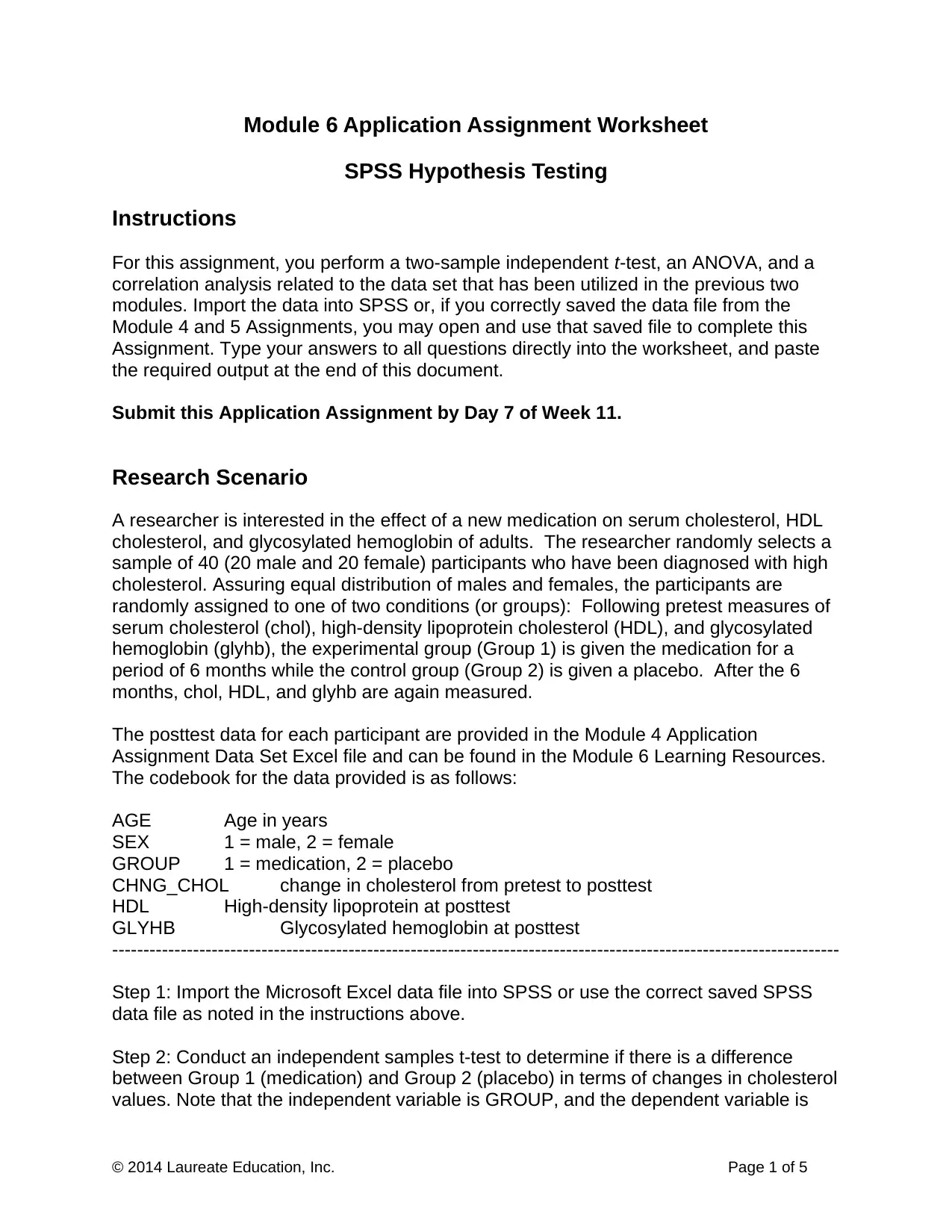
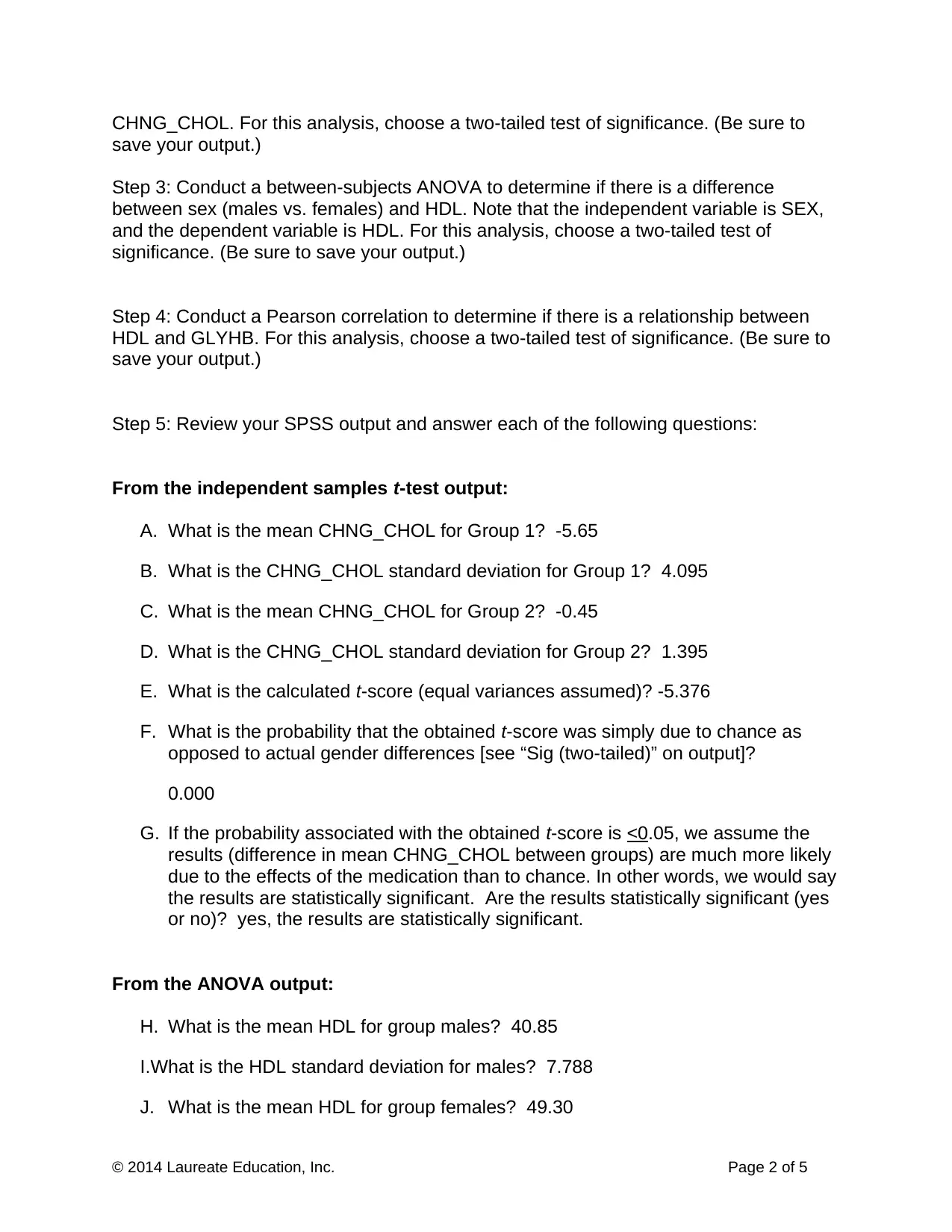
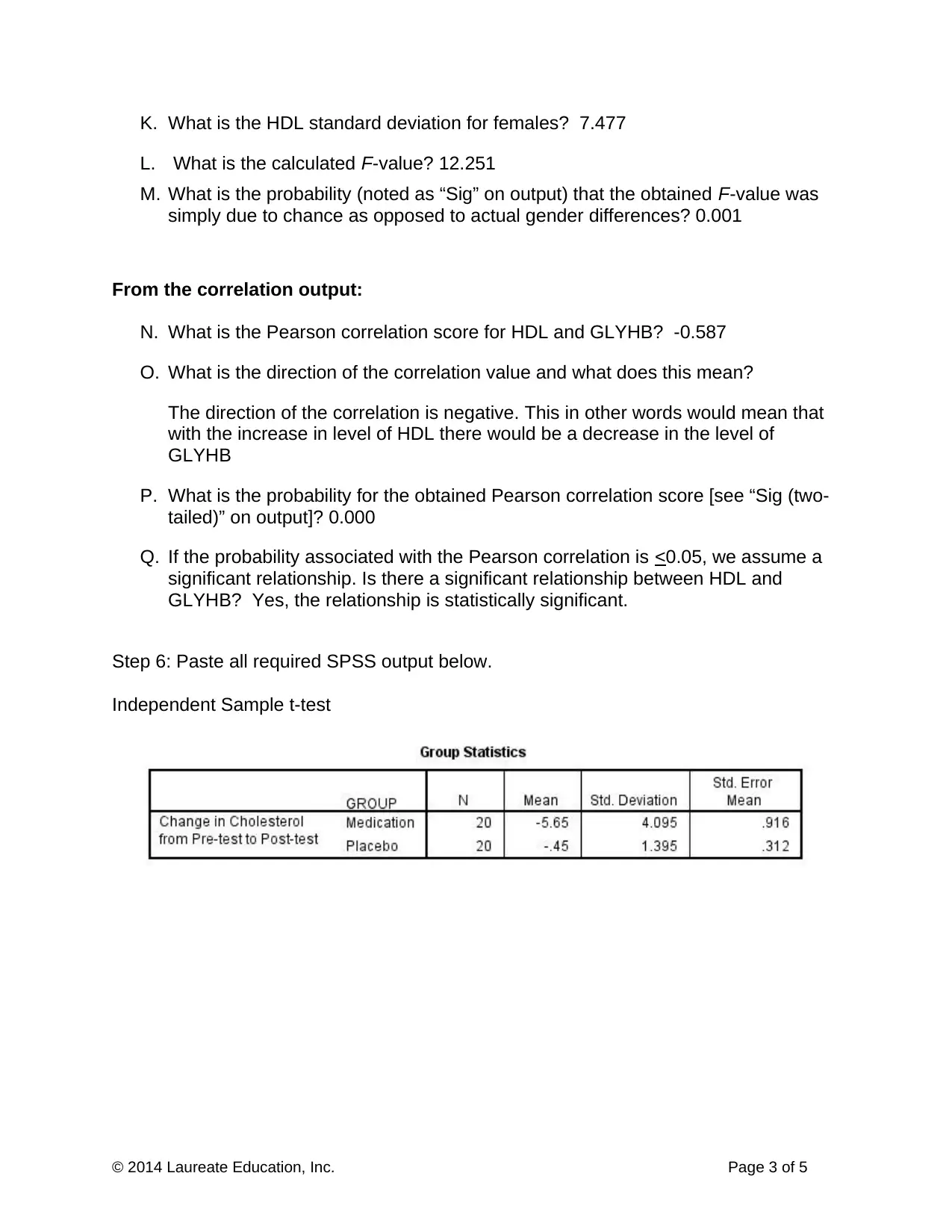

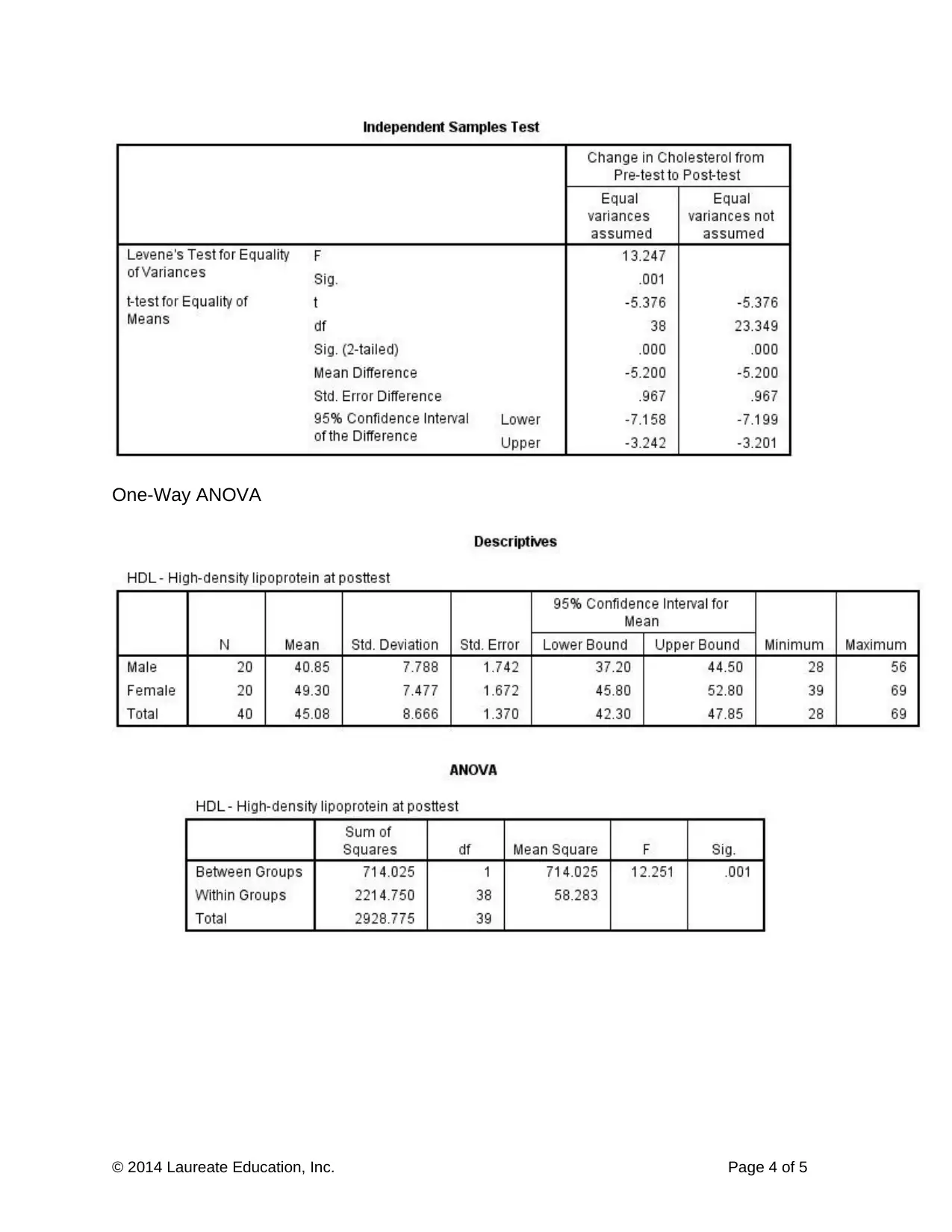
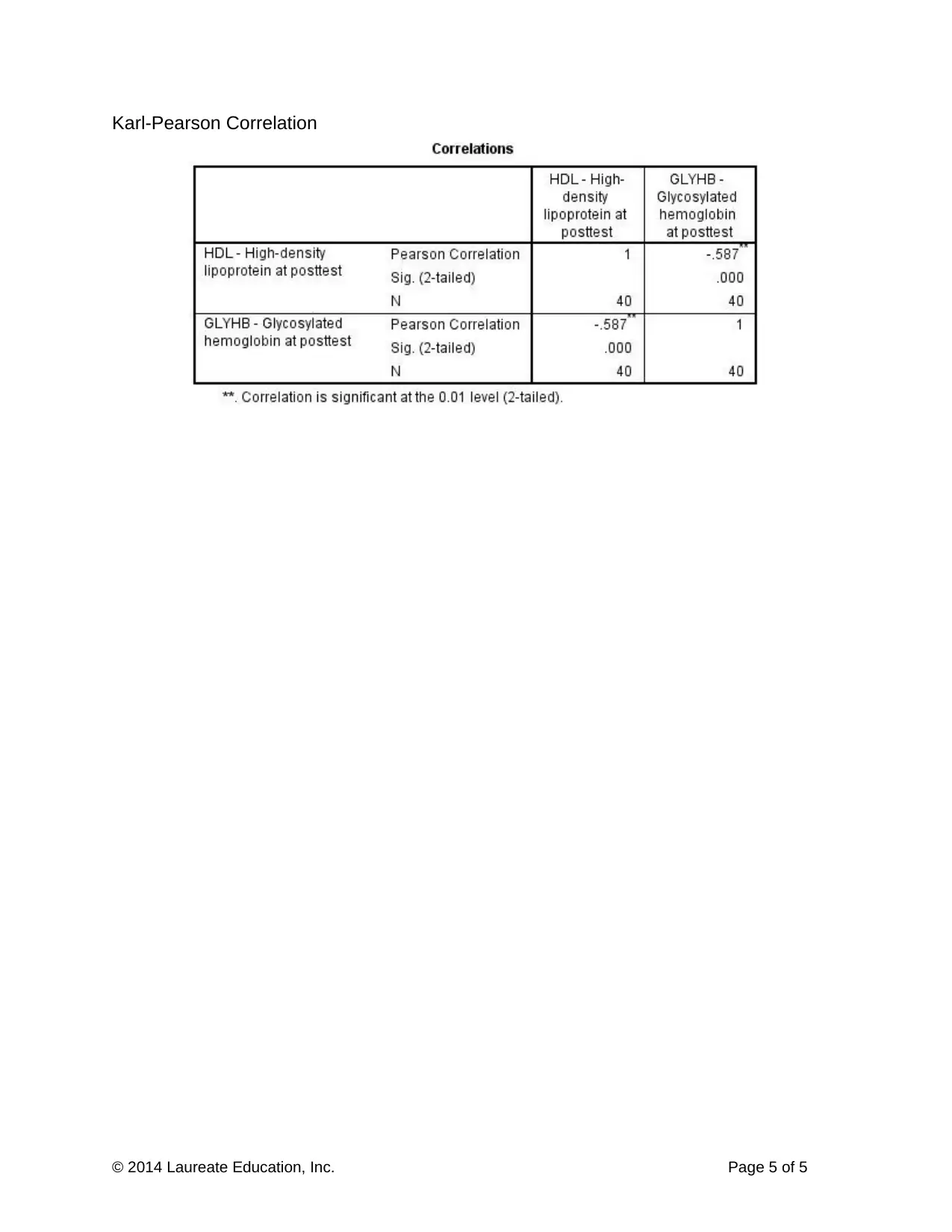



![[object Object]](/_next/static/media/star-bottom.7253800d.svg)